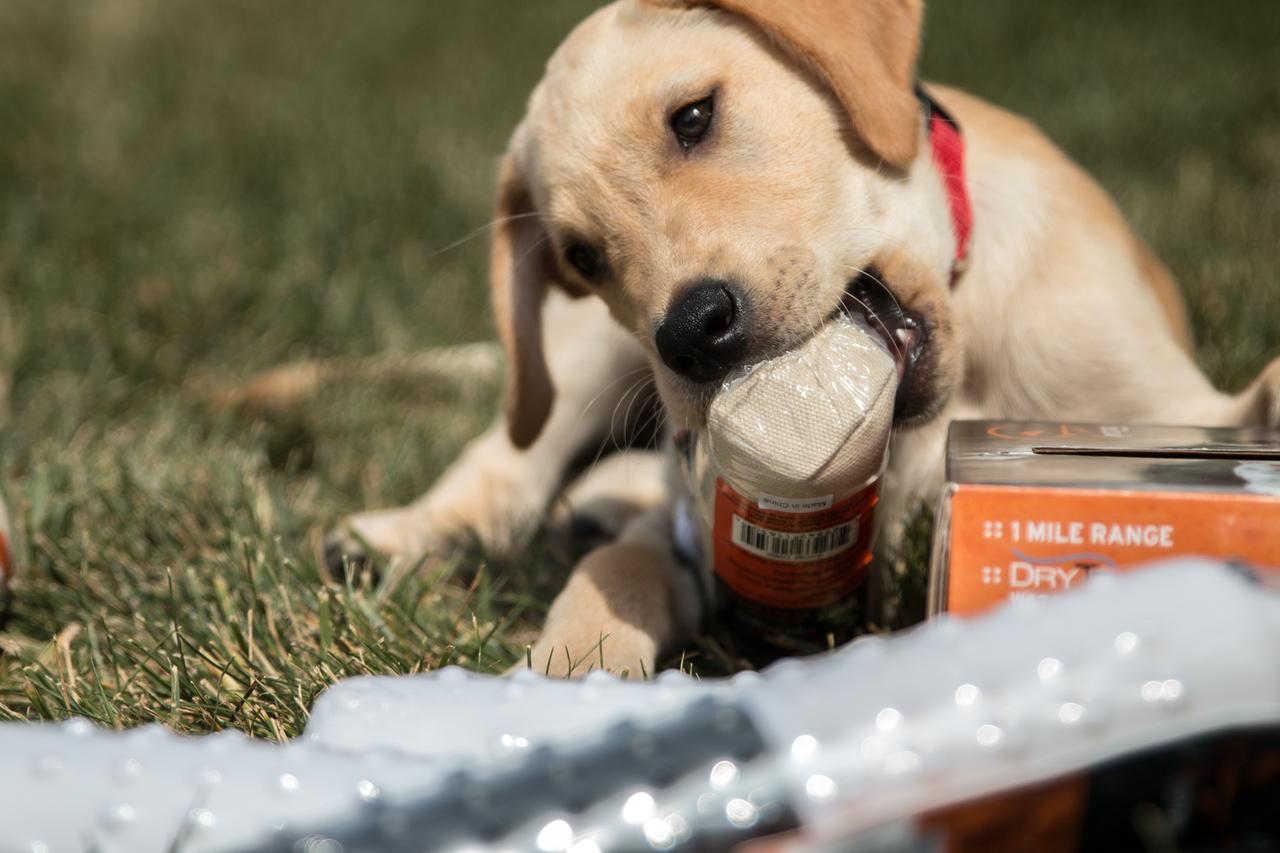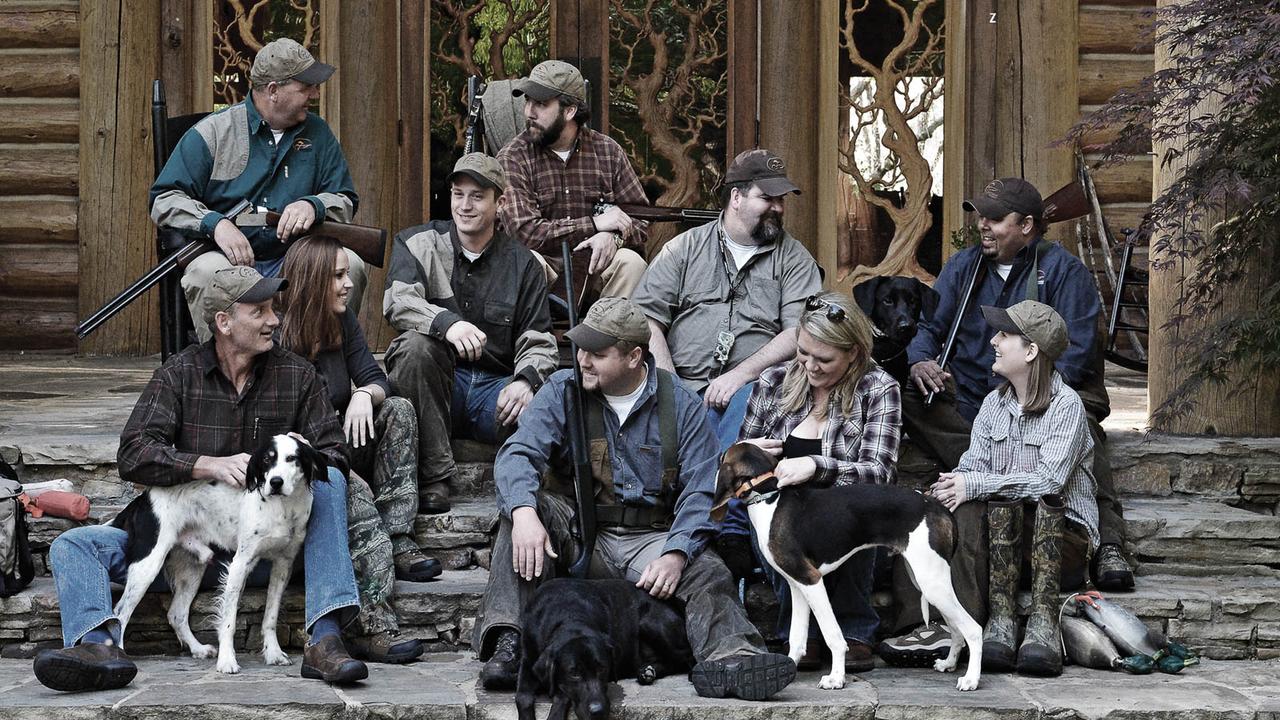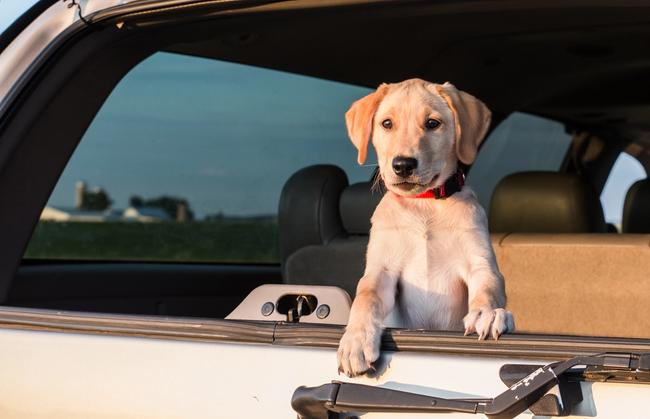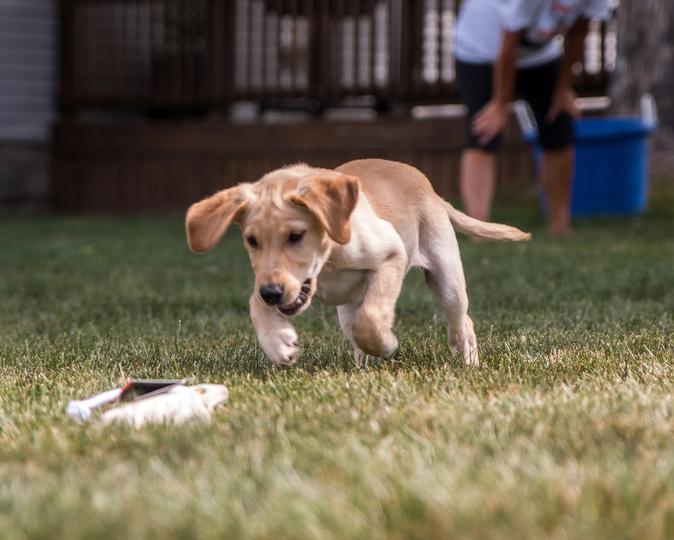
Playing vs Training: The Dos and Don'ts of Training Your Gundog Puppy
Posted by The SportDOG StaffWhen you get your pup at seven or eight weeks everything you do with him is a learning experience. This includes the walks in the yard with new smells, petting and cuddling with you and the kids and even the games you play in the front room. Puppies love to play tug-of-war. This is the worst game a hunting dog can play with people. Visualize a beautiful ring necked pheasant being torn in two; one end in the dogs mouth and the other being held by a frustrated owner. Don’t play tug-of-war with any hunting dog. The meal you save may be your own!
To this end your toys should be segregated into two groups: play toys and training toys. The play toys are those that he can chew on and tear up whenever he wants. This can include a variety of pet shop toys, old rags, rawhide bones etc., etc. If you give him old shoes or knotted up socks don’t be surprised when your new hunting boots have no laces, and the tongues are gone, or your dirty socks from the laundry room are shredded and strewn all over the house.
As far as training toys are concerned, these should be toys that are only played with when you have specific rules, for example, 'bring this back to me'. You might consider a tennis ball a training aid, but preferably a small canvas puppy dummy. Starting with a canvas dummy gets your new mate used to handling and carrying a training dummy. We use canvas at this tender age because their teeth and gums are soft and don’t toughen up until they've grown their permanent teeth. When you throw it across the room, it should be retrieved to you, not taken away and chewed on. Encourage him to return to you with plenty of enthusiasm, such as clapping and calling 'Here puppy puppy!'
Don’t forget to use your whistle. A few tweets mixed in with the verbal excitement will get him used to the whistle and the reason it is being blown. When he does come back, loads of pats and praise will reinforce the good job he’s done. Don’t overdo the training at this young age. A few minutes several times a day is much better than one long session. You are dealing with a very short attention span that you will be able to watch grow and intensify as he matures over the next several weeks. After a few days of play/training with these “training toys”, just the sight of them will initiate excitement and maybe even a puddle of excitement. (Remember the rules about avoiding accidents?)
Training should be simple. Work on one lesson at a time using one word commands like HERE or COME with loads of praise when accomplished. Mix in the 'sit and stay training' throughout the day as well, bearing in mind that repetition is your best friend and frustration is your enemy. Hitting or slapping causes hand shyness and even worse, a distrust of people. If you want this puppy to be a well-adjusted member of your family, mutual respect will go a long way to achieving this goal. Minimising corporal punishment will raise a much more secure and happy dog with strong bonds to you and your family.

The SportDOG Staff
Related Articles

What Does 'Socialising' Your Puppy Mean?
by Tom Dokken
You hear a lot about 'socialising' your puppy, but what does that mean and why is it important? Socialising is actually training. By that I mean that every time you are with your puppy he is learning something. You need to make sure he's learning what you want him to...

Where to Begin with Puppy Training
by The SportDOG Staff
There are several different things that need to be done for and with a new puppy. First and foremost make sure all pup's jabs are on time and up to date. Find a local vet and set up an appointment for your new companion. This is one of many places you...
